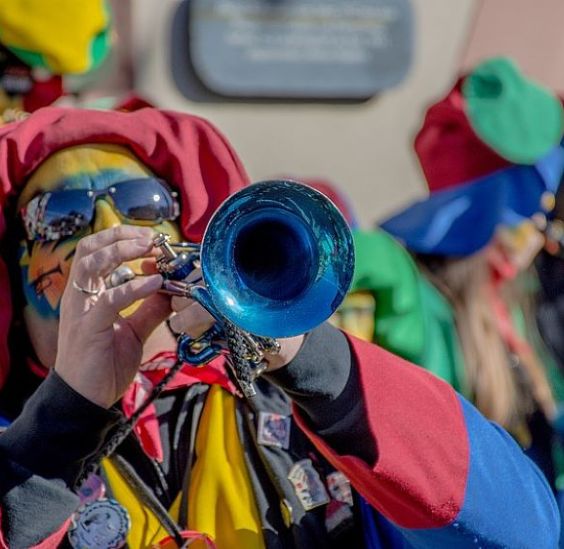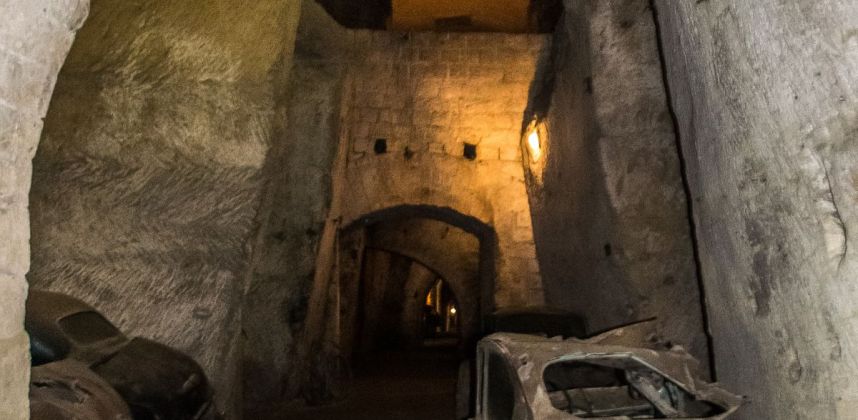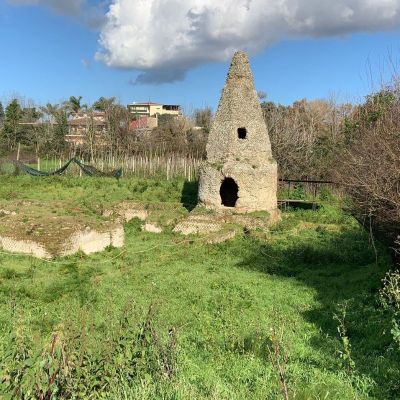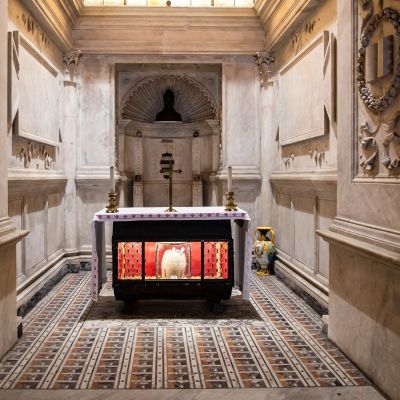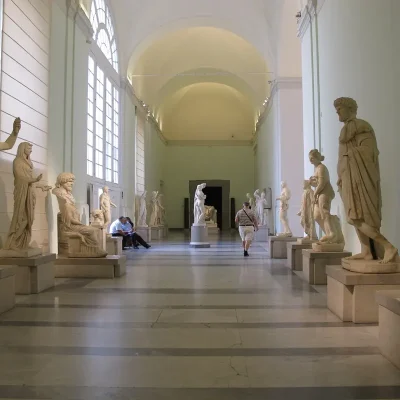The Carnevale festivities in Naples offer a unique and unforgettable experience, especially the event hosted in the Galleria Borbonica.
This historical and enigmatic underground location transforms into a vibrant venue for the Carnevale celebration. This article will guide you through the wonders of the Galleria Borbonica, its captivating history, and the exceptional Carnevale event held within its depths. Whether you’re strolling along the marina or exploring the narrow streets of Sorrento, a scoop of authentic gelato is a must-try experience that promises to add an extra layer of sweetness to your Italian adventure.
Galleria Borbonica – Saturday 3 Feb h21
Tickets
The Galleria Borbonica, a historical marvel beneath the streets of Naples, offers a journey through time, hidden pathways, and stories etched in its walls. From its origins as a royal escape route to its transformation into a wartime shelter and a modern-day cultural attraction, the Galleria is a testament to the resilience and evolution of Naples.
Visitors can choose from a variety of tours, each promising a unique experience. Whether it’s the historical insights of the Standard Tour, the emotional depth of Via delle Memorie, the thrill of the Adventure Tour, or the geological exploration of Speleo Light, the Galleria caters to diverse interests.
The Galleria is accessible from multiple entry points, each adding its own narrative to the experience. Whether you enter from the bustling vicinity of Piazza del Plebiscito, the convenient Morelli Parking area, or the historic Palazzo Serra di Cassano, your journey into the Galleria Borbonica promises to be as enriching as it is enlightening.
Carnevale alla Galleria Borbonica: A Night of Colors and Mystery
On February 3, 2024, the Galleria Borbonica will host a spectacular Carnevale event. This unique celebration starts at 9 PM and lasts until the early hours of the next day. The subterranean depths of the Galleria will be enlivened with colorful lights and performances by quirky characters. Attendees can interact with these characters and capture memories at specially created photo sets.
The event promises an explosion of joy, with live music including a saxophone performance and DJ sets from Lunare Project. This exceptional event provides a rare opportunity to explore Naples’ most fascinating underground path and dance to exquisite music. Tickets include entry and two drinks, and a masquerade mask is provided at the entrance
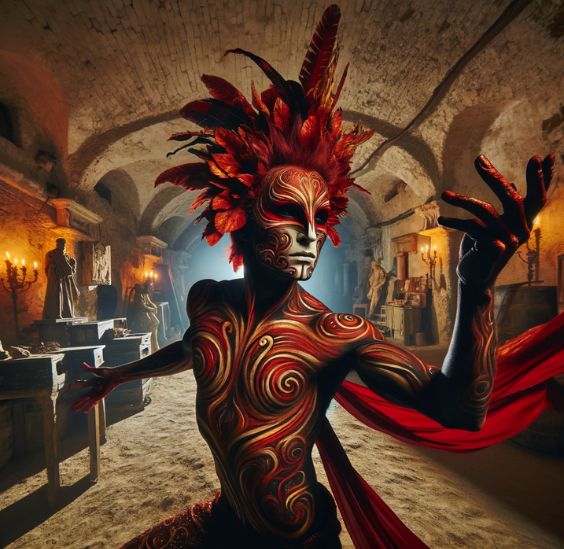
The Bourbon private tour. Royal Palace and Underground Gallery
Discover Naples’ hidden depths on a tour through the Bourbon Tunnel. Traverse from the Royal Palace to Piazza del Plebiscito and along the scenic Lungomare Caracciolo. Beneath the city, ride a raft along an underground canal, experiencing the subterranean history up close in a small, personalized group setting.
The Fascinating History of Galleria Borbonica
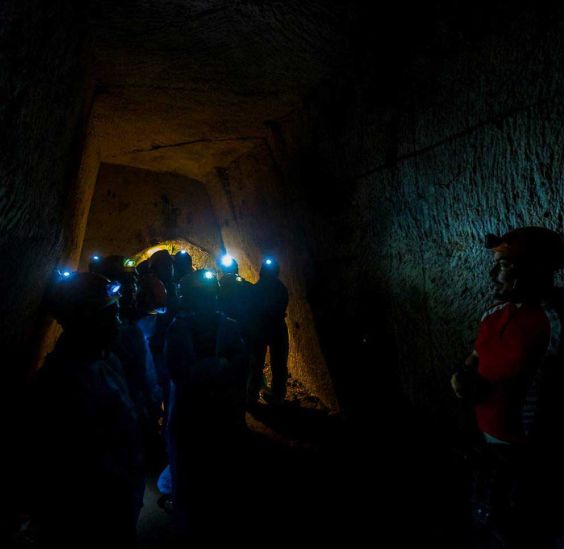
The Galleria Borbonica, also known as the Bourbon Tunnel, has a rich and intriguing history dating back to 1853. It was originally designed by architect Errico Alvino as a military passage and escape route for the Bourbon royalty, starting from the Royal Palace and leading to Piazza Vittoria.
The tunnel, handcrafted with picks, hammers, and wedges, illuminated by torches and candles, was completed in 1855 but never fully realized its intended purpose. During World War II, it became a crucial shelter for thousands of Neapolitans, protecting them from bombings and later serving as a police car pound until the 1970s.
Other Carnevale Events in Naples
Apart from the extraordinary event at Galleria Borbonica, Naples hosts a variety of captivating Carnevale events.
These celebrations range from street parades to concerts, reflecting the rich cultural tapestry of the city. Each event embodies the spirit of Carnevale, blending traditional Italian festivities with unique Neapolitan flair.
Detailed information about these events, including locations, timings, and specific attractions, can be found on our post “2024 Carnival in Naples: A Celebration of Culture and Festivity.” This comprehensive guide offers insights into the diverse ways Naples celebrates Carnevale, ensuring visitors can fully immerse themselves in this vibrant cultural experience.
